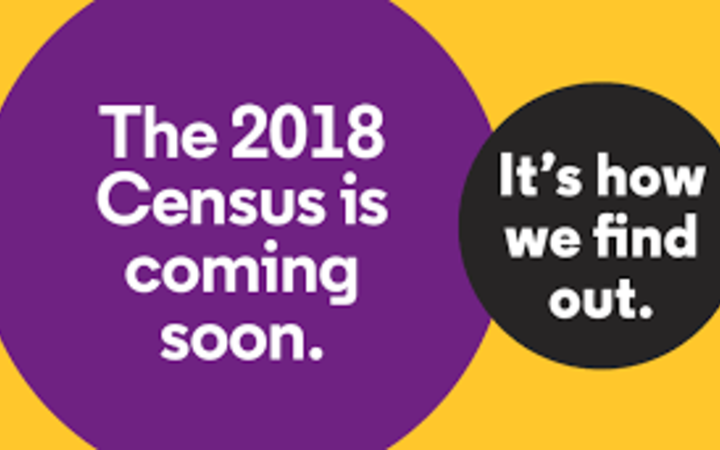
How often does one read about people having numerous names when it comes to fraudulent activity? Multiple addresses for various claims, etc. What confidence can there be in filling in the data gaps with information from other sources?
Quote.Stats NZ will begin releasing the delayed data from last year’s census at the end of September this year – 18 months after the survey was conducted.
At a press conference today, the Government’s chief statistician Liz MacPherson said there were now records for roughly 4.7 million people in the 2018 data set.
“Real data about real people” had been used to fill the gaps, after less people than expected took part in the census.
Some 89 per cent of the total number of records come from the 2018 Census with the remaining 11 per cent coming from other government data.
However, because the census data was incomplete, some areas that would usually be detailed in the release of the Census data will not this time.
For example, Stats NZ will not be releasing official statistical counts of iwi because of the level of missing “iwi affiliation” data and the lack of alternative government data sources to fill the gaps.
“I acknowledge this is a significant loss and we are not walking away from the situation,” MacPherson said.
Stats NZ would be working in partnership with M?ori interest organisations and iwi to find “real and relevant” solutions.
The first release of the Census data ? which will be on September 23 ? will include information things such as the number of general and Maori electorates and the general and M?ori electoral population counts. Although the bulk of the data will be available on September 23, the full data set will not be released until by mid-2020.End quote.
Stats NZ would be using data from other government agencies to plug the gaps in the 2018 Census.
Earlier this month it was revealed that one in seven Kiwis had failed to complete the survey in its entirety.
Because of this, Stats NZ has had to plug the holes with other data.
“We’ve now created a census dataset that meets Stats NZ’s quality criteria for population structure information,” MacPherson said.
This means that Stats NZ would use the 2018 Census data to update the official population estimates and projections that many organisations use for their planning, she said.
Last year’s census has run into a number of different issues and National has been quick to seize upon them to label it a “shambles”.
The party’s statistics spokesman Jian Yang said today it was staggering that the first tranche of data is being released almost a year late and will be missing iwi affiliation data.
“This means we do not have a set of key data to better understand the socio-economic differences within M?ori. This information is also important for ethnic reconciliation.”
It was the first “digital first” census, whereby a focus was put people filling out the survey online.
MacPherson today said the census data required for calculating the number of electorates and revising electorate boundaries was robust.
This was an issue that National MP Nick Smith raised issue with earlier this month.
MacPherson said she was confident that the data needed to support the allocation of population-based funding to DHBs would be “fit for purpose”. […]
A Newspaper
Pick your assessment of Census 2018 from the words used above:
- fit for purpose
- robust
- real and relevant
- shambles







